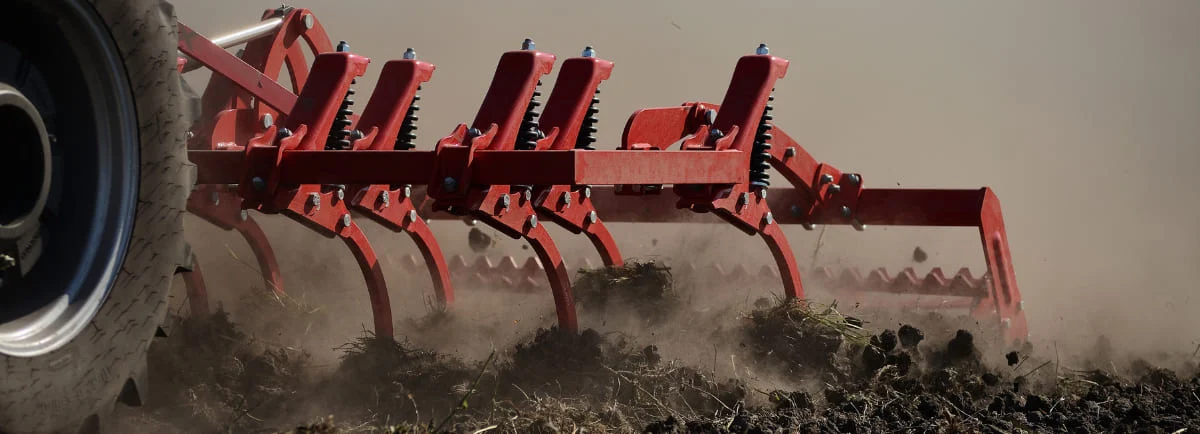A complete guide to purchasing a spring-loaded tiller, with lots of useful information on its use.
The Guide to Choosing the Best Spring-loaded Tillers,
Comprehensive and Edited by Real Tractor Machinery Experts
1. Introduction
The spring-loaded tiller is a type of cultivator, i.e. a scatterer, which in some cases is used after ploughing for initial seedbed preparation. The purpose is to till the surface of the soil to make it even, reducing its hollowness and lumpiness. It is also used to bring the rhizomes (roots) of deeper weeds to the surface.
The difference between tiller and cultivator is the inclusion of springs that allow the moving tines to slide backwards to contain the impact caused by excessively hard soil or stony objects. Furthermore, like other scatterers, the spring-loaded tiller can be combined with other components such as rear rollers and/or disc harrows.
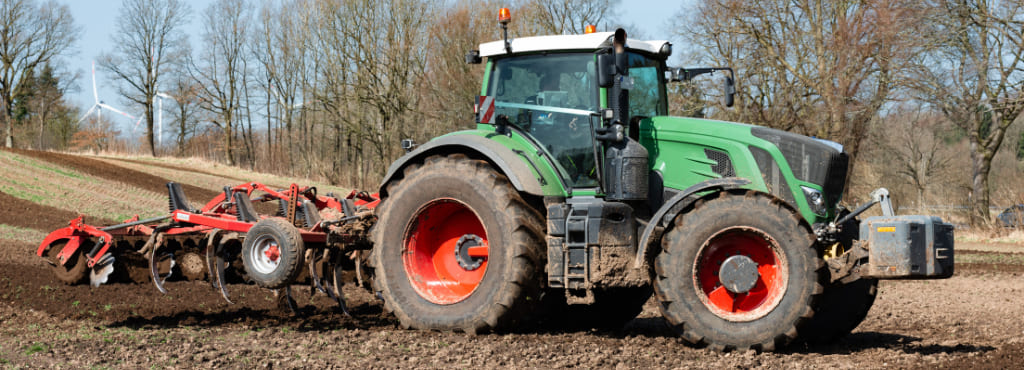
2. Main spring-loaded tiller components
Spring tillers consist of the frame to which the tines are attached, all towed by a three-point hitch.
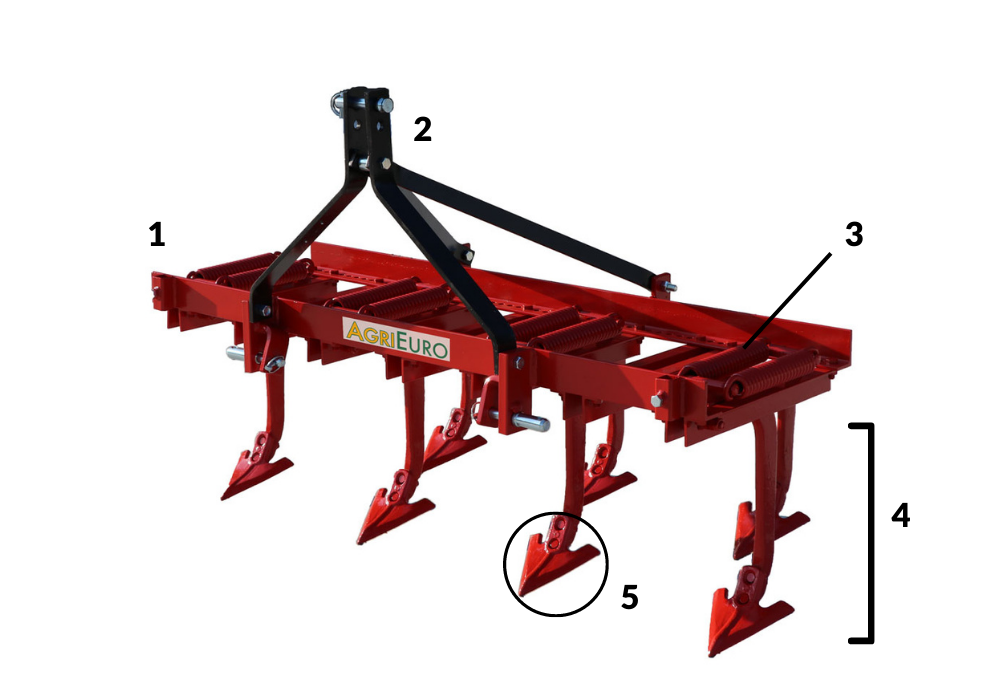
- Frame (rigid and sturdy structure)
- Attachment (three-point hitch)
- Springs (allow backward displacement of the tines)
- Tines (working part on which the ploughshare is fixed)
- Ploughshare (reversible or spear)
3. Tillage: grubbing
Grubbing is one of the additional (or refining) work that is carried out to prepare the soil for sowing and to help seed sprouting. This work is performed to even out the surface and make the soil smooth and uniform.
According to the conservation agriculture technique – sowing directly on the residues of the previous crop – grubbing, or alternatively harrowing, is undertaken following the principle of minimum tillage, i.e. sowing with as little tillage as possible. One then works with the cultivator and moves directly to sowing.
The use of spring-loaded tiller, unlike the regular cultivator, is more suitable for working land that has not been worked by other tools or around tree crops such as olive groves, vineyards and orchards. The working depth is in fact between 10 and 20 cm in order not to damage the plants’ root systems.
The action of the springs on the tines allows constant vibration of the soil and better breaking up of surface clods. In terms of soil structure, this promotes the aeration and permeability of water and nutrients; as far as the tractor is concerned, its progress becomes much smoother.
4. Types
The various spring-loaded tiller models have different strength degrees, which can be classified as:
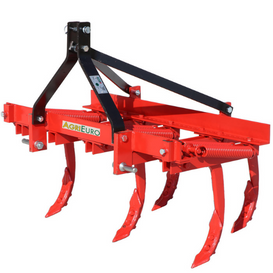
Light series 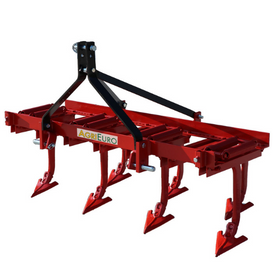
Medium series 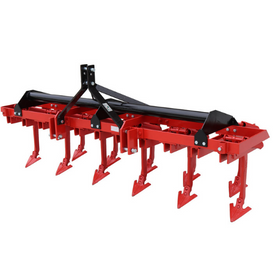
Heavy series
A further distinction can be made according to the:
- number and type of tines (classic or German) depending on the power of the tractor;
- ploughshare (reversible or spear) depending on the soil (classified as stony, clayey, loamy or sandy according to the soil’s mineral particle size and proportion).
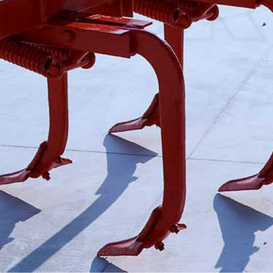
Classic tines 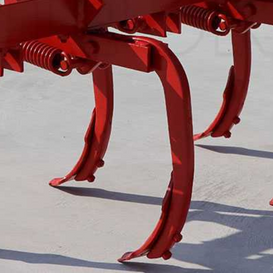
German tines 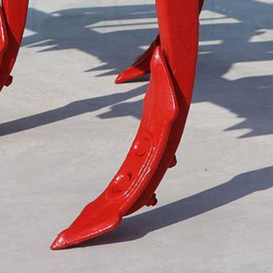
Reversible ploughshare 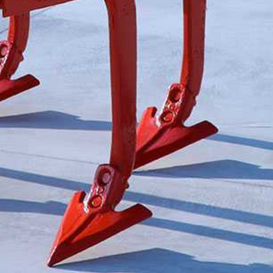
Spear ploughshare



